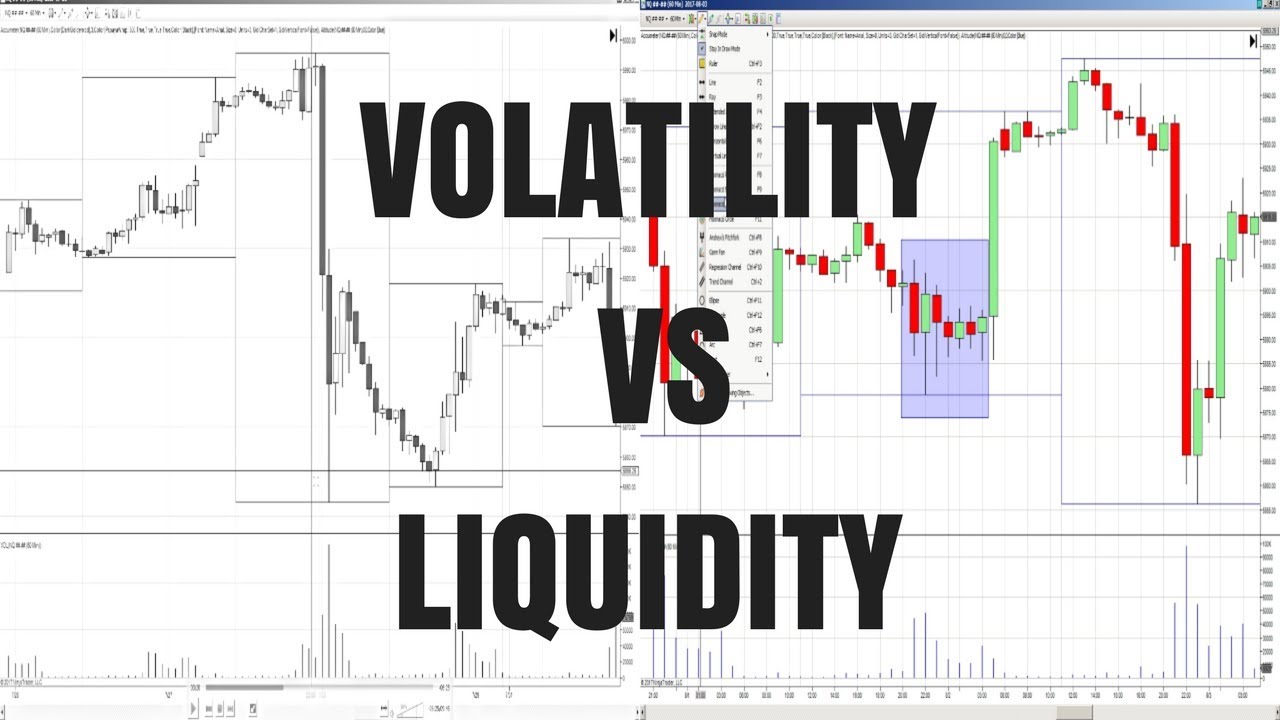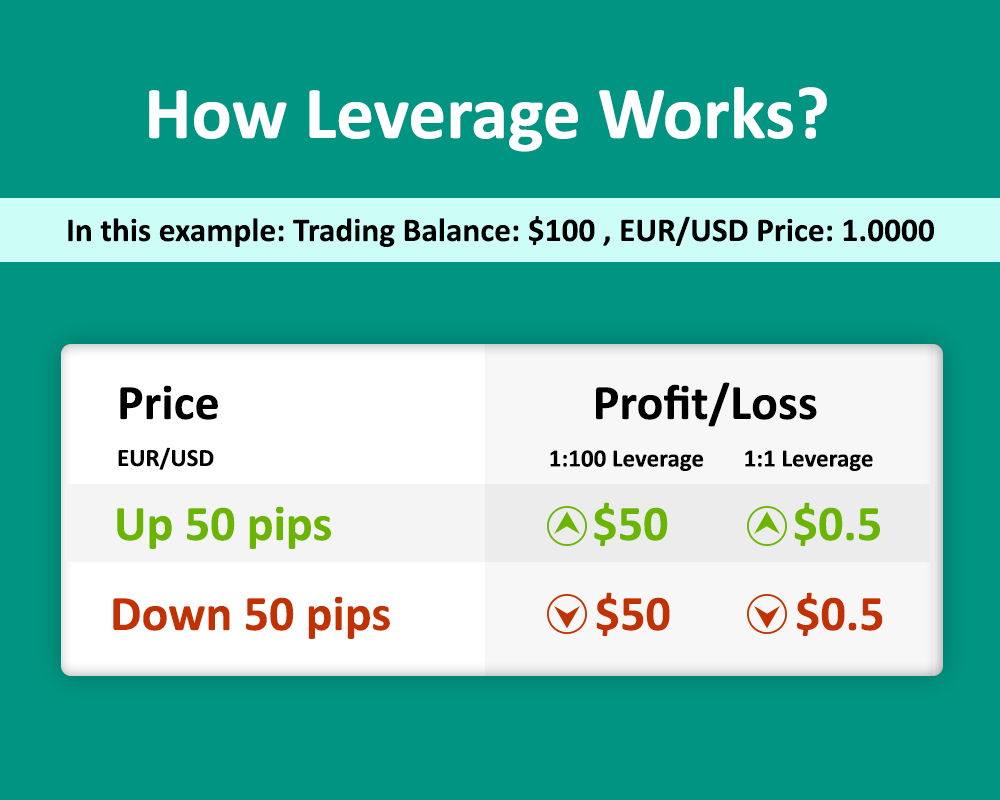Best Forex Trading Strategies for Beginners
Forex (foreign exchange) trading can be exciting, but it requires a well-thought-out strategy to succeed, especially for beginners. Here are some of the best forex trading strategies that beginners can consider:
1. Trend Following Strategy
- What it is: The trend-following strategy aims to capitalize on the continuation of a trend. Traders identify the direction of the market (uptrend or downtrend) and enter positions to profit from the price movement in the same direction.
- How to implement it:
- Use moving averages (e.g., 50-period and 200-period) to identify the trend.
- A buy signal occurs when the price is above the moving average (indicating an uptrend).
- A sell signal occurs when the price is below the moving average (indicating a downtrend).
- Why it’s great for beginners: This strategy is simple to implement, and trends can last for extended periods, offering multiple opportunities for profit.
2. Range Trading Strategy
- What it is: Range trading involves identifying levels of support and resistance within a currency pair and trading within that range. Traders buy when the price reaches support and sell when it hits resistance.
- How to implement it:
- Identify the support (low point) and resistance (high point) levels.
- Buy near support and sell near resistance.
- Set stop-loss just outside the range (beyond support or resistance).
- Why it’s great for beginners: It’s relatively low-risk when the market is moving sideways, and these patterns can be easy to spot.
3. Breakout Trading Strategy
- What it is: Breakout trading aims to capture profits when the price moves outside a defined range or breaks key support or resistance levels. The idea is that once a breakout happens, momentum usually follows.
- How to implement it:
- Identify key support and resistance levels.
- Enter a buy position when the price breaks above resistance and a sell position when it breaks below support.
- Use indicators like Bollinger Bands or volume to confirm breakouts.
- Why it’s great for beginners: This strategy capitalizes on price momentum and can be very profitable during periods of high volatility.
4. Scalping Strategy
- What it is: Scalping involves making quick, small trades that last anywhere from a few seconds to a few minutes. The goal is to take advantage of tiny price movements.
- How to implement it:
- Focus on liquid currency pairs like EUR/USD or GBP/USD.
- Use short timeframes (1-minute or 5-minute charts).
- Execute multiple trades within a short period, aiming to capture small profits from each.
- Set tight stop-loss levels to limit risk.
- Why it’s great for beginners: If you’re disciplined and can focus on short-term trades, scalping can yield quick profits with the right setup.
5. Carry Trade Strategy
- What it is: A carry trade is a strategy where traders borrow money in a currency with a low interest rate and invest in a currency with a higher interest rate, profiting from the difference (the “carry”).
- How to implement it:
- Identify currencies with high-interest rates versus low-interest rates.
- Buy the currency with the higher interest rate and sell the currency with the lower interest rate.
- Why it’s great for beginners: It can offer consistent returns over the long term, especially in stable market conditions.
6. Moving Average Convergence Divergence (MACD) Strategy
- What it is: The MACD strategy is based on a technical indicator that shows the relationship between two moving averages of a currency’s price.
- How to implement it:
- Use the MACD line and signal line to identify potential buy or sell signals.
- A buy signal occurs when the MACD line crosses above the signal line.
- A sell signal occurs when the MACD line crosses below the signal line.
- Why it’s great for beginners: The MACD is a well-known indicator with clear buy and sell signals, making it easy to implement and understand.
7. News Trading Strategy
- What it is: News trading involves capitalizing on price movements caused by major economic news releases, such as non-farm payrolls or central bank interest rate decisions.
- How to implement it:
- Stay updated on economic calendars and market events.
- Enter trades before or after major economic announcements, depending on the expected impact.
- Focus on high-impact news releases (e.g., GDP reports, central bank meetings).
- Why it’s great for beginners: It offers opportunities to profit from market reactions to news, although it requires quick decision-making and a strong understanding of economic factors.
8. Fibonacci Retracement Strategy
- What it is: The Fibonacci retracement strategy is based on the belief that markets will often retrace a predictable portion of a move before continuing in the original direction.
- How to implement it:
- Use the Fibonacci retracement tool to identify key support and resistance levels.
- Look for entry points around key Fibonacci levels (23.6%, 38.2%, 50%, 61.8%).
- Why it’s great for beginners: Fibonacci levels are widely recognized and used in forex, making this strategy relatively easy to apply and understand.
9. Momentum Trading Strategy
- What it is: Momentum trading involves buying currencies that are trending upwards and selling those that are trending downwards. The idea is to trade on the momentum created by news or market psychology.
- How to implement it:
- Use momentum indicators such as the Relative Strength Index (RSI) or Stochastic Oscillator to identify overbought or oversold conditions.
- Buy when momentum is strong and RSI is below 70 (indicating an uptrend) and sell when momentum weakens or RSI is above 70 (indicating a downtrend).
- Why it’s great for beginners: This strategy focuses on strong trends, allowing you to capitalize on momentum when the market moves sharply.
Tips for Beginners:
- Start with a Demo Account: Practicing on a demo account allows you to learn without risking real money.
- Use Risk Management: Set stop-loss and take-profit levels to control your risk and protect profits.
- Focus on One or Two Pairs: It’s easier to master a few currency pairs rather than trying to trade everything.
- Stay Updated: Follow economic news, geopolitical events, and market trends to make informed decisions.
- Don’t Overtrade: Avoid getting carried away with too many trades; patience is key in forex trading.
- Keep Learning: The forex market is dynamic, so continuous learning and strategy refinement are necessary for long-term success.
Forex trading offers many opportunities, but it’s essential to choose a strategy that fits your risk tolerance, trading style, and learning curve. For beginners, starting with simpler strategies like trend following or range trading is often the best approach. As you gain experience, you can explore more advanced strategies.




